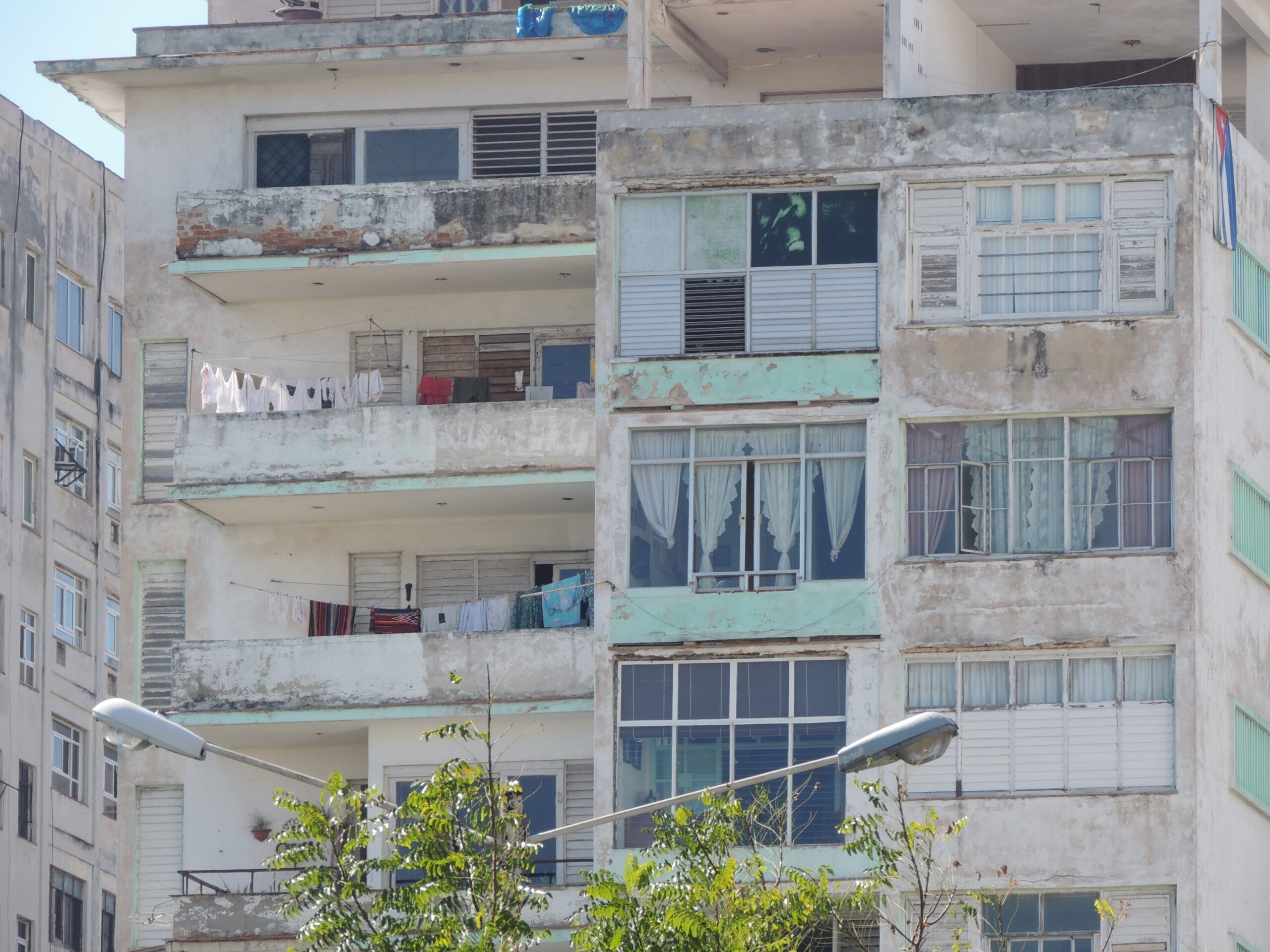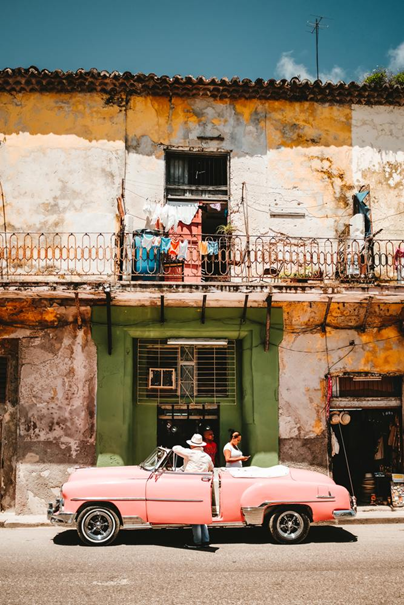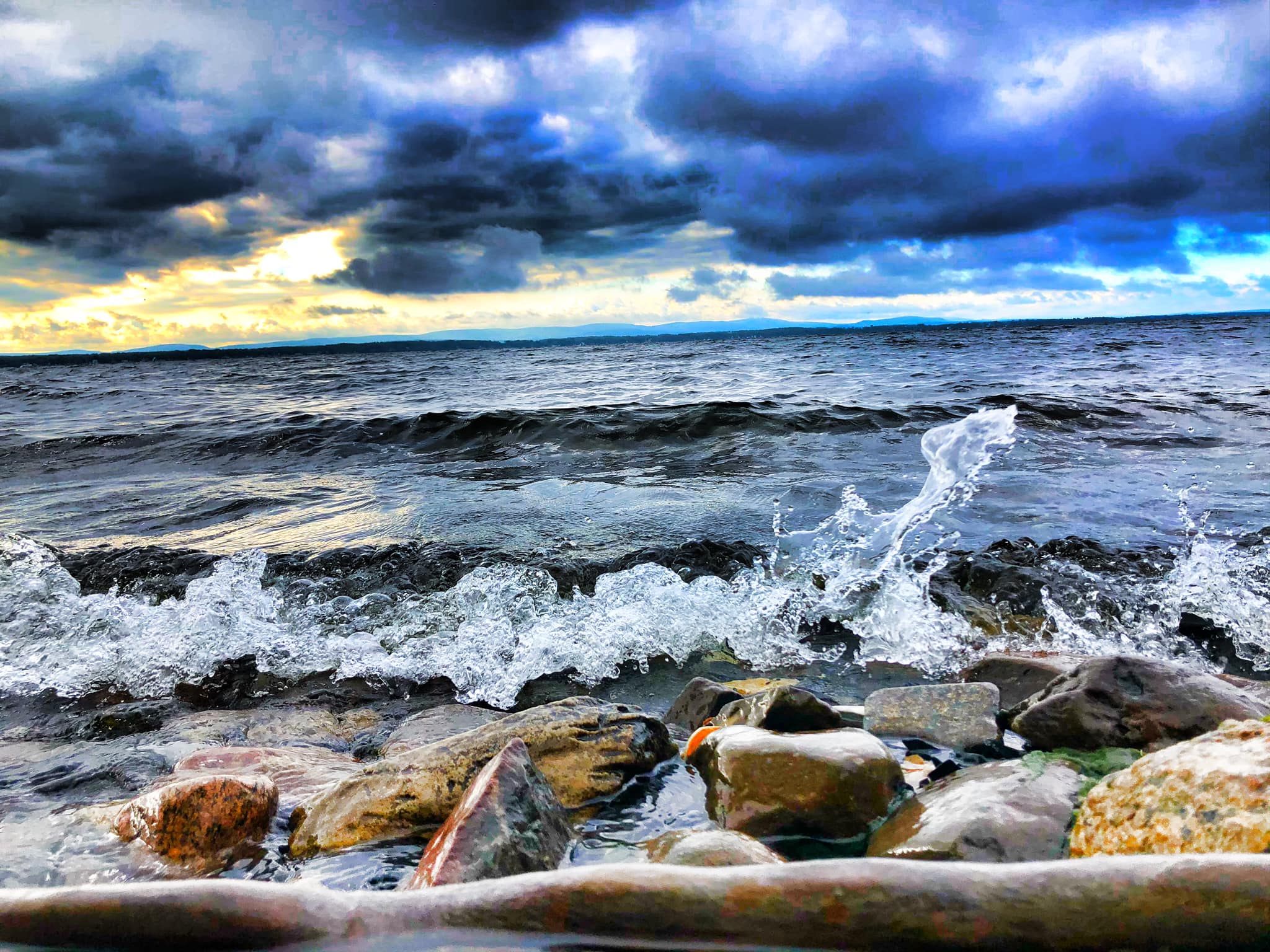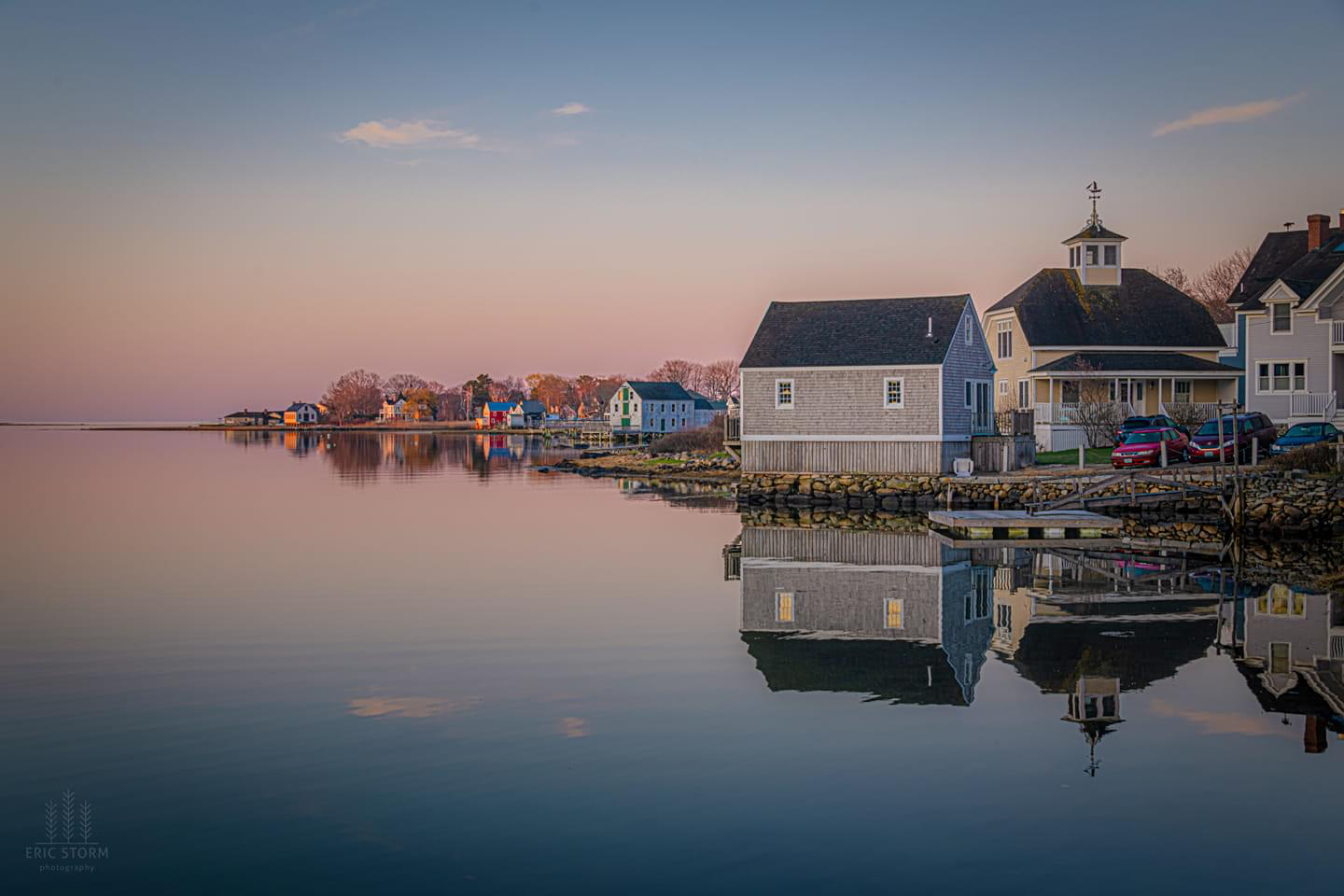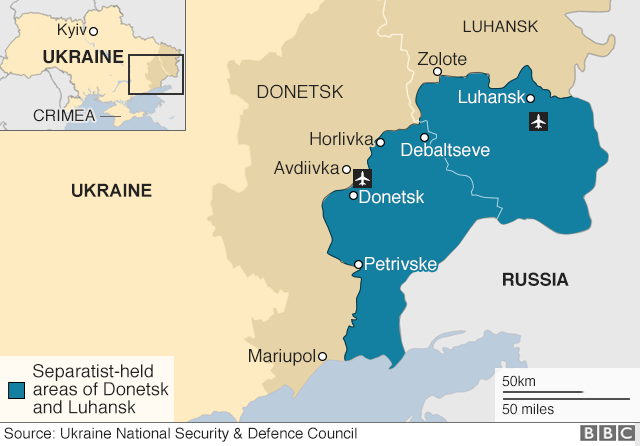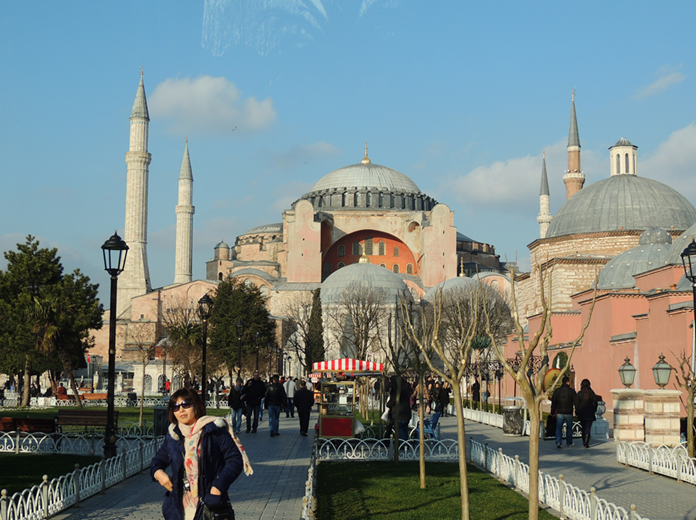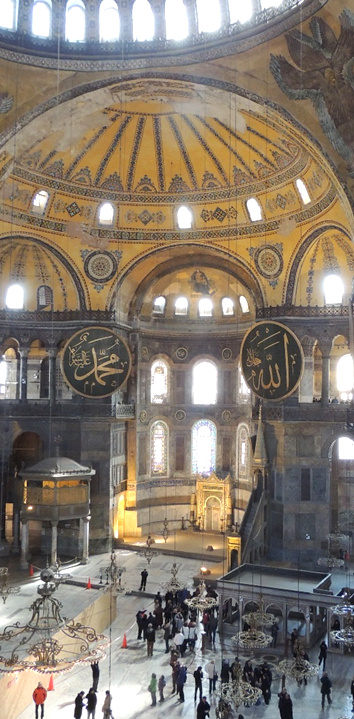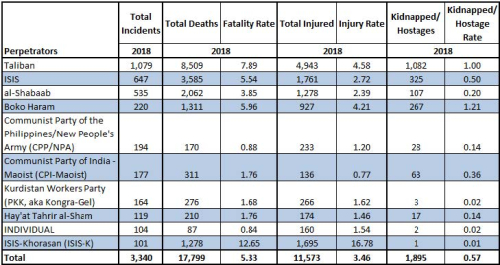The Daily Escape:

Pumpkins, Bear River City, UT – September 2021 photo by John Dodson
Should average Americans care that the French are pissed off at Biden? Should we care that within days after shutting down our Afghanistan adventure, we’re adding a new nuclear capability, girding for a possible war in Asia?
On the surface (pun intended) it’s all about nuclear submarines. Australia just reneged on a $66 billion deal negotiated in 2016 to buy French diesel-powered subs. Instead, on September 15, they signed a new deal with the US and the UK to purchase American nuclear-powered submarines.
Ironically, in order to win the Australia deal, France had to design a conventional power plant for its Barracuda-class submarine that was originally powered, as all French subs are, by a nuclear reactor.
France’s power conversion for the Australian order ran into difficulties and time delays. Vox reported that the French deal had already been unraveling, saying that it had fallen behind schedule while costs nearly doubled:
”In June, Australian Defense Secretary Greg Moriarty signaled…that the original deal was proving untenable…and that Australia was pursuing other options should the pact fall apart.”
There were other issues. Shortly after Australia and France reached their agreement, the French shipbuilder revealed it had been hacked, and documents related to a separate Indian submarine project were exposed. Meaning plans for another Barracuda-class sub were floating around the internet, not a big confidence builder.
On the strategic side, France’s conventional, diesel-powered attack vessels may have made sense before China began its quest for dominance in the South China Sea. But new geo-political realities along a major Australian trade route made the French submarines obsolete before they could be delivered.
FYI, a sub designated an “attack” submarine has only conventional weapons on board. The US-made attack subs are nuclear powered, so they have a far greater range, don’t require refueling, and can stay underwater for months at a time without being detected.
Australia has already sunk some $3 billion into the French contract, and France will likely demand additional compensation for the cancellation. The new contract with the US/UK not only costs more, but it only includes 8, instead of the 12 submarines France was delivering.
Generally, navies require three boats in order to have one at sea full-time, since the other two are often either in training, or in refit. This means that the actual patrolling capacity for Australia’s nuclear navy will only be 2-3 concurrent submarines at sea.
Losing the sub deal places French President Macron in a tough spot. GZero reminds us that France is just six months away from a general election that’s shaping up to be a close race between Macron and his far-right rival, Marine Le Pen:
“Macron, who has increasingly veered to the right on certain issues…knows that he can’t afford to look toothless, and that taking a hard line on the US could reap political benefits come election day (only 44% of French adults now view the US favorably).”
That helps explain some of the anger. Aside from the financial hit from losing the deal, and the slight by the US, France is also miffed because it shows the world something no country wants to admit – that France is not a superpower. And despite its pretensions, it really isn’t a global power.
Most would agree that a nuclear sub strategy is the right choice for Australia. It is a member of the British Commonwealth. Australia and New Zealand are out in the Pacific, much closer to China than to Europe. They seem to think that planning to work with the US and Britain is a better fit.
But the US shouldn’t have excluded the French or lied to them. France has 2 million inhabitants in the Indo-Pacific, and had by 2018 already defined its strategy for the region. Biden must work to mend these fences, and that seems to be underway.
Amid all the pearl clutching regarding France’s anger, isn’t the real question what’s best for Australia’s defense? This is Australia’s way of showing China that if they choose to block Australian trade routes, the Australian navy will have several untraceable attack subs that could deter the Chinese Navy.
China’s massive military buildup is the primary reason for this new arms race in the Indo-Pacific. Australia, along with Biden, are responding. We shouldn’t take seriously the accusation of “sparking” an arms race that is already underway.
For the US however, this amounts to a relatively cost free and significant de-facto expansion of America’s Asian nuclear attack submarine fleet, our most effective deterrent to Chinese territorial expansion.
With this, Biden has executed a masterstroke in Asia.


